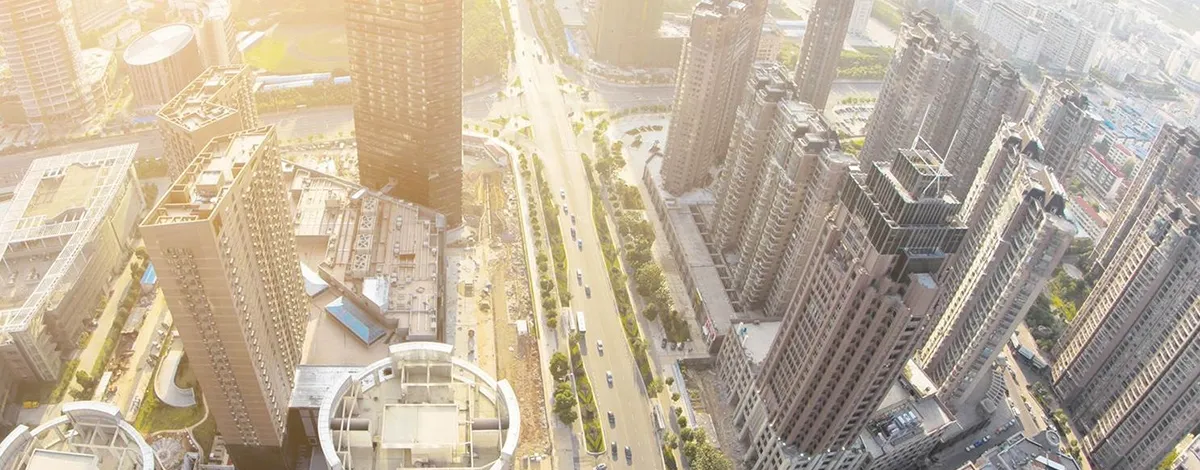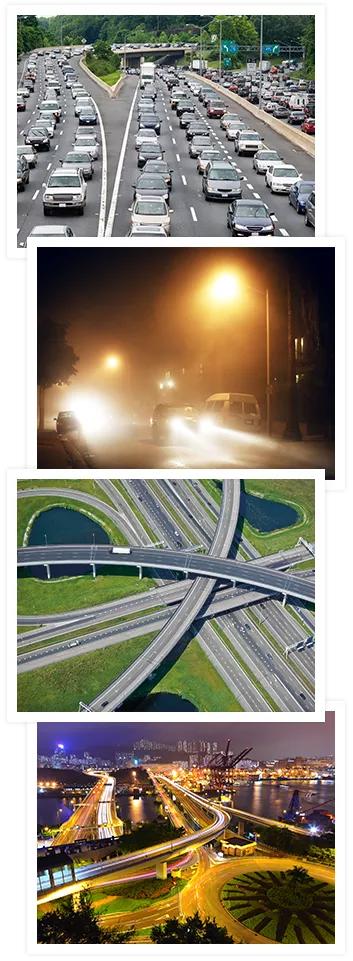
Philippe HENAINE, Project Sales Manager, i-PRO France
What have been the major changes in CCTV for public spaces or city centres during the past 5 years and what are the biggest challenges?
During the past 5 years the biggest change has been the migration from analogue to IP systems. Today we can say that all sensitive areas have made the migration and are on IP. The next trend I think will involve continuing to increase the resolution of the cameras. In addition, over the last 2 years and especially following the terrorist attacks in Paris and Nice, some have felt that the footage from PTZ cameras was not usable enough. Consequently, in addition to PTZ cameras, integrators are requesting more and more fixed cameras with a high definition such as 4K , or even multi-sensors camera.
What are the recent developments in Video surveillance or Security equipment of Cities and Public areas?
If we don’t take into consideration the improvement in camera footage quality and hardware, the other recent development in the video surveillance concerns software analytics.
We’ve seen a big improvement in the quality of video analytic software, in areas such as :
- Loitering detection and crowd control i.e. Managing people flow and detecting sudden sharp movements of the camera itself.
- Traffic analysis i.e. Wrong-way Detection and Stopped Vehicle Detection
- Sound detection i.e. gun shots, explosions or other sudden loud noises.
By what are those developments triggered?
It is already well established that cities need to have an efficient monitoring system, but they also need to be able to optimise the video surveillance being done by narrowing down the huge amount of footage to only the most important ongoing scenes.
The ability for traffic monitoring is not only a cost centre but it is also potentially an earning one. Traffic monitoring via cameras allow local governments to hand out fines and penalties in the context of driving misbehaviour or unauthorised parking e.g. an operator can give penalties by physically monitoring 20 cameras, but with the help of video analytic software this can be increased to more than 100 cameras, allowing a single operator to monitor a far larger area than they could alone.
Which products or systems are needed to make a city safe and prepared for future challenges?
Cities obviously vary in size and we see a general patten in the types of cameras that tend to be adopted. Bigger cities tend to want PTZ cameras with a very long focal zoom in combination with fixed cameras. However, with smaller cities, as they do not always have dedicated operators, lean more towards fixed cameras with multiple sensors and high definition.
In addition, the other main request today is to use face matching, respecting privacy concerns by keeping personal identities anonymous, to learn things like the general profile and flow of people by time and based on their location. This type of information is useful to cities and public spaces more widely, not just privately owned shopping malls or other venues.
What are i-PRO’s strengths and USPs in this area?
The most important advantage of i-PRO is the lifetime and quality of products. There are a lot of other smart features that help bring the total cost of ownership of our camera systems down. i-PRO’s “clear sight coating” feature is one of them, as it ensures a clean camera and clear image which will reduce the cost of maintenance because someone doesn’t have to go up and clean them regularly. One such camera is the WV-X6531NS, which has 40x zoom and all predefined characteristics suitable for city surveillance.
The level of image stabilisation our cameras have is another important feature, particularly for city surveillance when cameras are typically installed in very high positions, as the vibrations might interfere with the quality of the images and as a result identifying suspects in an incident.
In your opinion, how do you think city CCTV will change in the next 10 years?
I think that in the next 10 years, the biggest changes will be in the accuracy of video and audio analytics, opening up the ability for more advanced traffic monitoring and the automation of fines and penalties across a city. These kinds of changes will be driven by the cameras themselves, as image resolution continues to increase across lots of different environmental conditions and systems adopt different combinations of PTZ and fixed cameras.
